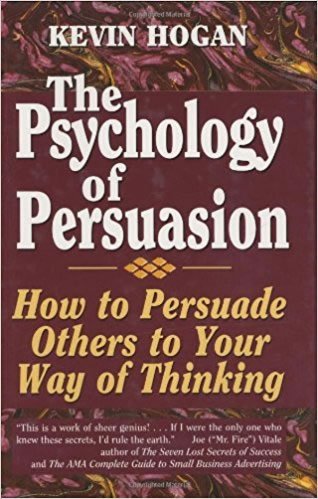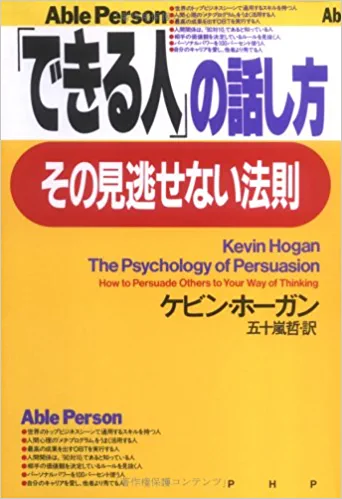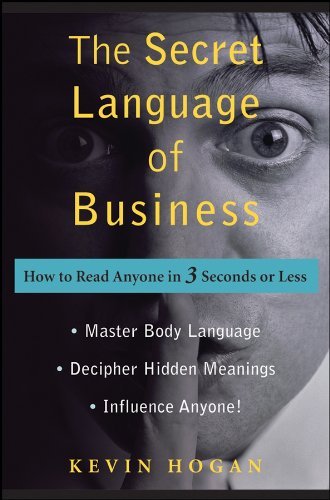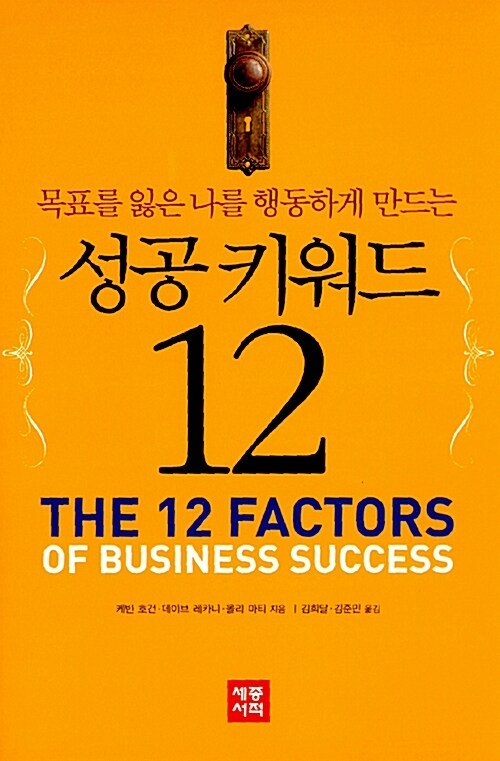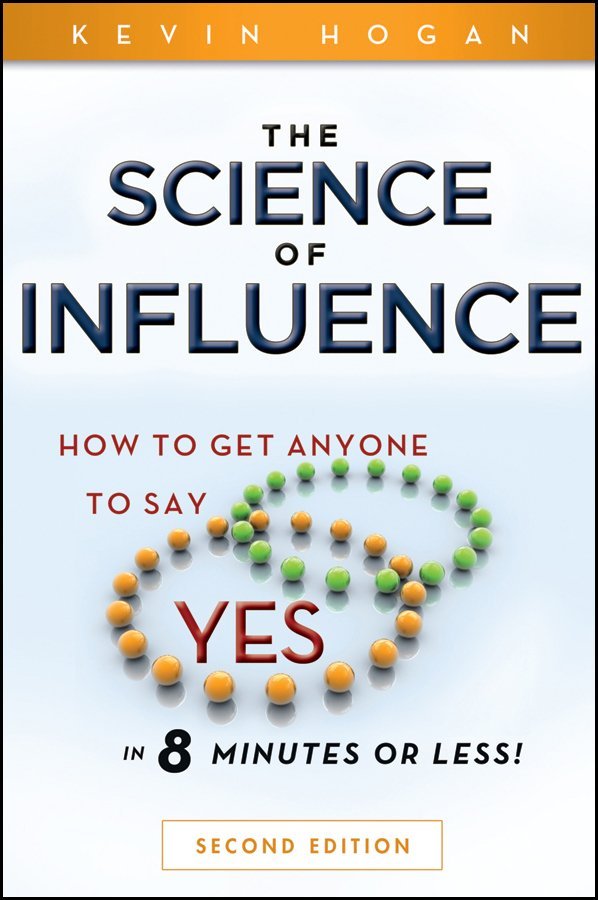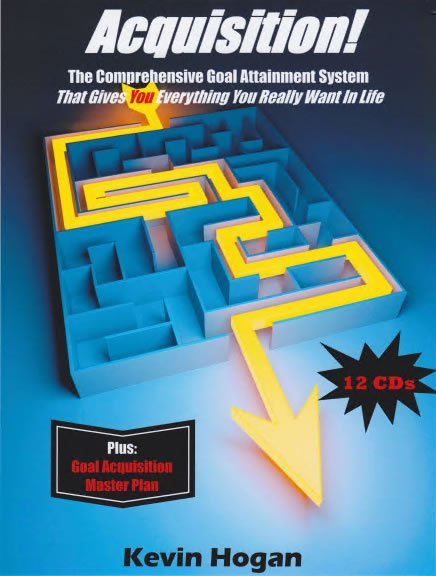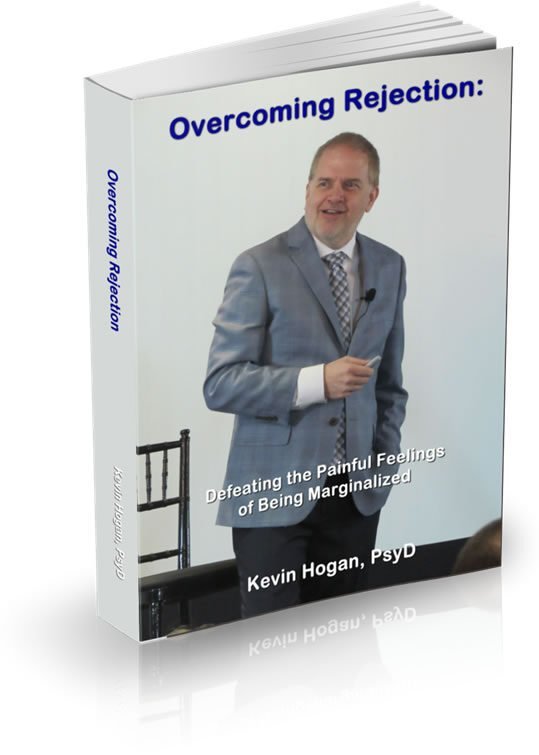
Identification, status and sexual desire are three intense drivers that magnetize. And there is no way to really tell which one an individual is experiencing when they are absolutely captivated, until you know what their trigger is in that moment.
Here is a secret!
Most people have only 3 to 5 possible triggers that will fire off an irresistible attraction, an aspect of hypnotic captivation psychology.
Almost all people believe that beauty is the only attracter. Now you know it is not. Beauty is the simplest attracter but in the larger scope of influence, persuasion, even selling, it really it is only a metaphor for all of the other attracters including the likes of identification and status.
In simple terms, your goal in triggering attraction than captivation is to generate the need for the person you are communicating with to hang on every word you say.
Broadly speaking, there are two filters in the brain through which all information can pass. First, there is the nonconscious mind which is really the accumulation of a lifetime of stimulus/response triggers, as well as the genetic code of action/reaction.
At one time, people thought this was the emotional brain. There certainly is an overlap in the metaphors, so to speak, but they are not the same. The fact is that emotions and logic are BOTH used or experienced in most decision making situations.
But not all actions, which often include decisions, even trigger emotions that are outwardly noticeable OR inwardly felt.
When someone throws you a baseball and it comes toward your head, you unconsciously raise your glove and snag the baseball that’s flying at 60 mph. You’ve done it thousands of times. There is no fear. Just stimulus/response.
Of course the FIRST DAY you started to learn to catch that ball, there was a lot of fear!
Essentially, if the nonconscious brain could …think…or talk… it would say, “Whoaaa there is a solid object approaching at 60 MPH. DUCK!”
But, you caught the ball.
As the years went by, you learned to catch balls that were thrown with a greater speed. Typically, there was anxiety at each “next level,” of velocity. In other words, you may not be fearful when the ball is coming at 60, but when it’s coming at 90 (the speed of a major league fast ball), that would cause almost anyone duck.
As actions get repeated over and over, the nonconscious part of the brain just takes over the job and gets stuff done.
The nonconscious mind comes into play in decision making in the form of triggers. Sometimes, these impulses are felt; and sometimes they aren’t. Sometimes they are coupled with rational thought and/or desire; and sometimes they aren’t.
Today you get to look at hypnotic captivation in decision making, in buying, and the triggers that make a difference between yes and no.

There is an old line of thought that says that people buy with their emotions and justifies later with logic. Next week I will show you how persuasion is not that simple. But for today, I’m going to let conventional wisdom be acceptable to our discussion.
Emotion and Desire – People buy or want to buy based upon their desires…. not their “thinking.” Desires are felt at both a deep and surface level and the impact they have on the buying decision or any decision is dramatic.
Rational thought is how we use our mind to justify what we do (or just did) emotionally.
Once you are acutely aware of this, you’ll be able to use rational thought and the desires to your advantage to transform prospective buyers into “sold” consumers time after time after time.
As important as the quality of your product/service is to your success, it’s your ability to become a Practical Doctor of Persuasion Psychology that will really open the financial floodgates.
Aren’t People Upset about Captivation Psychology?
During the first football game I had on today, there was a wonderful commercial for Miller Beer. In Science of Influence, I wrote about some of the subliminal and potent persuasive tactics Miller used to sell beer. In the commercial today, they referenced those comments and instead of doing anything subtly, Miller brought forward those subtle tactics and highlighted them.
Were people shouting at the TV?
Of course not. We laughed. And rightfully so.
In the online world, of course, you and I see hyper-targeted ads every day.
Even television is catching up with the internet. In many markets the commercials you see are based on your viewing preferences. Not what you say you want to see, but, what you actively have pursued viewing in the past.
You like to buy.
So do I.
We want to see the ads we want to see and NOT see the ones that aren’t salient. Make sense?
Companies that utilize captivation psychology the most/best, like amazon, ebay, yahoo, google, etc. are the most successful.
Amazon has an entire selection of books and products for you to look at based upon your prior purchases and screen views. All you have to do is click on “My Recommendations”…and if you wish to “improve them,” you can buy rating other books and products you own.
Amazon is teaching you to program what amazon will show you based on what you already like….that is so simple…it’s ingenious.
Consumers are TELLING big companies to make messages that make sense to them. We want personalized messages that are relevant and important to US.
Isn’t it time for YOU to begin using personalized messages today. Here is how you do it.
How? ….:
One thing that research psychologists really get right is that there’s a big difference between what you think in your mind and what you feel in your heart. Despite all consumers know about how advertising and marketing works…despite all the built-in sales resistance they’ve developed over a lifetime…despite KNOWING that a salesman’s job is to convince us to do what’s good for him (buy the product)…we still want to see stuff that we like.
And because you are programming your Self, you are more susceptible to influence than you think you are.
Is that a bad thing?
Probably not, but it certainly could be.
The essence of marketing is helping prospects make the right decisions — hopefully, that is the decision to buy from YOU. The essence of communication IS PERSUASION. There is no significant difference between a “sales call” and a dinner with a friend.
Legend Point: – If you can get a handle on the emotional “reasons” and triggers your customers use to make their decisions, then you can push those emotional hot buttons in all your printed materials, advertisements, and presentations, as well as in your face-to-face meetings and on your website.
Top Brain, Bottom Brain and Neural Connections

Are you marketing to your prospects lower brain or to their thinking mind?
You will ultimately need both.
If your marketing materials and presentations lead with a presentation of your product’s features and/or your own credentials, you’ve lost before you’ve even begun with all decision makers except experts in the field.
Why? Because of our introductory axioms.
- Benefits appeal to Desires
- Features appeal to Thinking
- Thought justifies Desire
- Desire drives Sales and Persuasion
Just as on any battlefield, the most effective psy-ops ‘weapons’ are the least obvious (covert)…stealth operators that work regardless of who is doing the selling or what exactly they are selling.
The mind-influencing sales language and techniques described in this article are…effective…and virtually irresistible. They can actually give you a somewhat unfair advantage in dealing with people when compared to your competition.
This means you must use what you learn with care, applying what you learn in an ethical way to your message.
Now I will show you proven tactics that will alter the mindset of your prospects and make them unable to resist what you are offering.
Because as you come to understand the mind of the consumer…and as you learn desire driven marketing, you will also be learning
- How to create the “gotta have it” feeling in consumers
- How to melt away sales resistance
- How to tap into the “primal” buying emotions
- How to instantly establish rapport
- How to ’cause’ consumers to obey your hidden ‘sales push’ without resistance
- How to infuse the power of proof into your sales letters to transform them into magnetic sales message that rack up the profits and bring in the bucks
- How to arouse your prospects inner buying drives
- How to influence your prospects mind to trust you and believe your information
- How to bypass your prospects conscious and essentially “hypnotizing them.
In a nutshell, today you will find out how to create sales messages that hold customers captive from the first words you say to the signing of the check.
And…the same tools are effective in direct mail and in web marketing as well.
Just How Do You Grab Them ? ….:

Once you become in tune with the emotional “vibe” that’s used in advertising and marketing, you’ll feel it everywhere you go…and become more aware of how it’s working on you. But what’s really exciting is making it work with others!
If you want to sell something to a consumer via direct mail, your first job is to get that consumer to read your sales message. Not an easy thing to do. When your envelope arrives mixed in with bills, magazines, personal letters, and everything else in John and Jane Doe’s mailbox, it may be tossed into the wastepaper basket without ever being opened.
This is one reason that postcards are still so effective — no envelope to open. It’s also the reason that you find so-called “irresistible” marketing messages on the outside of a sales envelope, printed there in the hopes of hooking the consumer.
The unfortunate thing is that more often than not, marketers — choose phrases that are a turn OFF, rather than a turn ON. Undesirable vs Desirable.
To show you how this works, it’s time for you to take off your sales and marketing posture and think about things from the customer’s point of view.
Read the pair of unique positioning statements below and decide which product you’d buy:
Johnson Jewelry Cleaning Kit
“Do you want to learn what you can do to make old worn-out jewelry look like new again?”
OR
Anderson Jewelry Cleaning Kit
“Discover how professional antiques dealers transform tarnished junk into vintage jewelry with an amazing product that’s finally available to consumers.”
See how easy #2 just slides past all the resistance you have and glides right through the unconscious mind?
That’s hypnosis. When you read the question posed on the Johnson envelope, it’s easy to say, “No, I don’t want to learn something” and thrown the offer in the garbage. Case closed. Sale lost.
The Anderson offer, however, packs a powerful 1-2 punch emotional punch — actually a 1-2-3 punch —
Let’s break it down.
- Your desire for knowledge is aroused by the word “discover”. We’re all curious creatures who want to know more.
- Your need for trust is stimulated by the word “authorities”. We’re skeptical of what advertisers may say, but we trust the opinions of professionals in a given field.
- Your need for greed (a natural drive also known as acquisition) likes the idea that you can use this product to make money just like the dealers…by increasing the value of what you have.
Just 20 words deliver so much psychological prodding to your brain that before you know it, you’re almost salivating like Pavlov’s dog and ripping into that envelope, desperate to learn more about the offer…even though you may not even have any jewelry yourself!
Hypnosis.
Pick a Winner
Here’s another little test. Each of the three salespeople below has taken a prospective client out to lunch. Each is trying to make a sale. Each has read this article, but only one is successfully targeting emotions. (Yes, emotional marketing techniques are just as important to selling in person as they are to selling in print.)
See if you can spot the seller who’s going to seal the deal:
Seller A
“I guess it’s a little crazy to talk about losing weight and health clubs here at Cafe for Fat People. But you know, after we finish here, if you have any time left, you really should come over to Club Trim Down and let me give you a tour. We offer a lot of equipment and even though you have to work pretty hard, the results…although they’re not guaranteed…can be really amazing.”
Seller B
“I couldn’t help but notice that you changed your order from a Swiss cheese burger to a naked burger. You’re smart to be watching your health. More and more people who I see my health club are cutting down on dairy for heart health. In fact, I think one the reasons I think Club Trim Down has gotten so many new members is that people realize how important it is to exercise if you don’t want to have coronary problems. And if we have any discounted memberships still available from our last promotion, this would be the best time ever to join.”
Seller C
“Thanks for meeting with me over lunch. We’ve been so busy trying to bring Club Trim Down back from the edge that the only time I have a chance to eat is when I meet with someone like you. I don’t want to get into the gory details of what’s going on. Our priority right now is bringing in as many new members as we can as fast as we can, but I can tell you that we’re offering some really deep discounts in our 12-month membership prices.”
The winner is — Seller B. (Duh!)
Seller C was on the right psychological track.
She was building trust — one of the most important emotional marketing “hot buttons” — by admitting that the club was in trouble and is working aggressively to become successful.
But, by refusing to be upfront and explain exactly what had gone wrong at the club, Seller Caccomplished the complete opposite of her goal: loss of trust.
Seller C‘s potential club member became worried that Club Trim Down had failed a health code inspection, was having problems with it’s equipment, or maybe was going to close before the year was out. That meant that joining was a bad idea.
No sale.
As for Seller A…well, let’s leave that poor, soon-to-be-out-of-business goof ball to her pitiful end…in need of a government bailout.
Everything about her presentation pushes the prospective client away. This really isn’t the right moment…the solution I’m offering is hard…There’s no guarantee that you’ll be satisfied.
That’s no way to make a prospective client feel good about doing business with you!
So what do you do to hypnotize them?:
Just How Do You Capture and Hold Them ? ….:
Hypnosis = Please Make Me FEEL GOOD
When a prospect is considering a product or service, the #1 question on his/her mind is, “What’s in it for me?” Their brain just filters for the answer to that “question”. That’s why hypnosis works so well.
The not-so-smart marketer will try to answer that question by simply listing the features of a product. That will only be effective with someone who is already an expert in that field.
The smart marketer/salesperson — usually wins by painting a compelling HYPNOTIC visual picture –that explains how the features will benefit the consumer.
So in your sales copy, you may list features, but you’ll want to be sure to describe the benefits they offer. That’s the way to answer, “What’s in it for me?”
Test time again!
See if you can you pick out the feature vs. the benefit in the product sales lines below:
- Brand M Motorized Golf Caddy means no more huffing and puffing on your way to the 18th hole.
- Brand U Umbrella Policies protect you and your house for up to $250,000 so that you can sleep in peace, even when there’s a tornado on the horizon.
In the first example, the feature is a motor that pushes the caddy, but the benefit is not appearing out of shape when you stagger out-of-breath to the 18th hole.
The umbrella policy feature is a tangible million dollars of coverage, but the benefit is peace of mind.
People buy products and services for their reasons, not yours. Never having been in your brain…they wouldn’t know….
In hypnosis, and in all conversation, THIS is the reason you’ll want to use the word “You” more than the word “We” in your messages. When you present the benefits of your products or services, frame them with your prospects’ emotional interests in mind, not your own.
Can you see the difference in the two presentations below?
“Brand L sells the best lawnmowers in the county.”
VS.
“Your lawn will look better with less work with Widget lawn mowers.”
In the first pitch phrase, the message is about the company: “We are the best.”
In the second, the message is about the consumer:
“You won’t have to work hard to make your lawn look better.”
Their BRAIN is in THEIR head and has never been close to yours, so you have to view everything from THEIR Point Of View. When you do this, you achieve what is essentially, hypnotic “trance.”
Message #2 is the perfect answer to every consumer’s question:
“What’s in it for me?”
Adjust the focus from “ME” to “YOU”.
You’ll be sure to capture your customer’s attentional gaze, if you focus your marketing on their concerns.
Next: The Hypnotic List:
Just How Do You Capture and Hold Them ? ….:

The Edge of Tomorrow with Tom Cruise
In The Edge of Tomorrow, Tom Cruise plays a character that relives a day over and over. (Apologies to Bill Murray and Ground Hog Day) I’m a fan of all the above. Did you see Selena Gomez and Bill Murray are going to marry? I thought that was cool, but I digress…
As he (Cruise in Edge of Tomorrow) lives the day over and over he learns what the enemy is going to do and how he has to fight to survive.
He knows his “customers” inside and out…and you should, too. Data collection — finding out what people want and why they buy — and using that data correctly will get you right where you want to be: deeply rooted in the heart of their mind.
Every time your offer appears…anywhere your brand is seen, people should react to you as if you are…Tom Cruise.
Your “prospect” should be enthusiastically imagining what fabulous ‘gift’ you have in store for them that will make them happier. Every time they see “Brand You,” they’ll think: “Oh cool, he’s here!”
To persuade and sell effectively, you need to be familiar with the full range of consumers’ feelings. If you know why people buy products and services like yours…what makes them feel good about their decision…
You can highlight those reasons in your sales messages to make it more effective and practically irresistible.
When privately asked why they’re making a purchase, people generally say they’re motivated by a derivative of one of these five key emotions:
- Fear of Loss
- Desire for Gain
- Desire for Comfort
- Pride
- Desire for Personal Satisfaction
Don’t Forget What You’re Doing
Never talk “benefits” without immediately referring to your offer. When your potential clients are all revved-up by the benefits offered by a feature of your product, you want to capitalize on that emotion immediately.
If you don’t, they will almost IMMEDIATELY OSCILLATE the OTHER DIRECTION.
Also, seize the opportunity by repeating a “Click here to order now” message or button. (In real life, it’s time to ask for the date…)
And how do you know if they are hypnotized?:
Next time…


